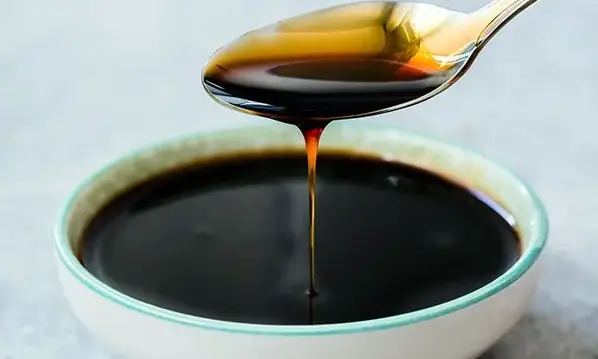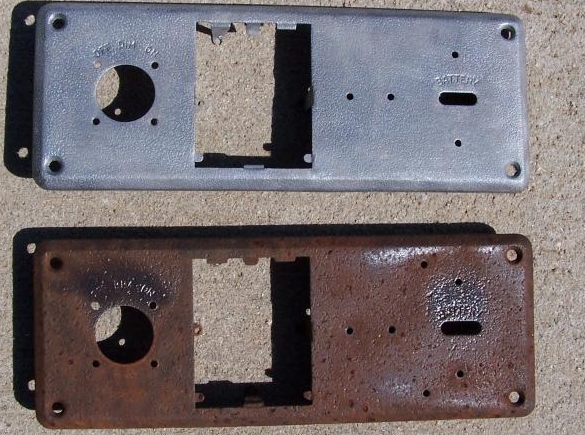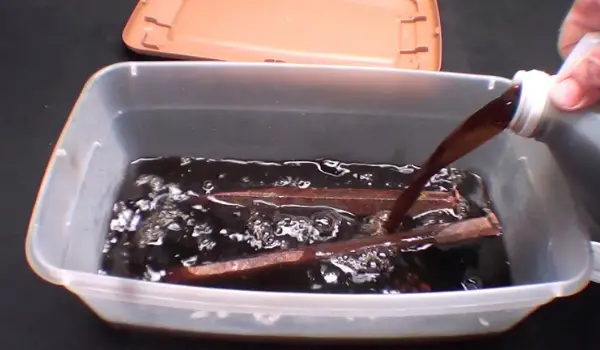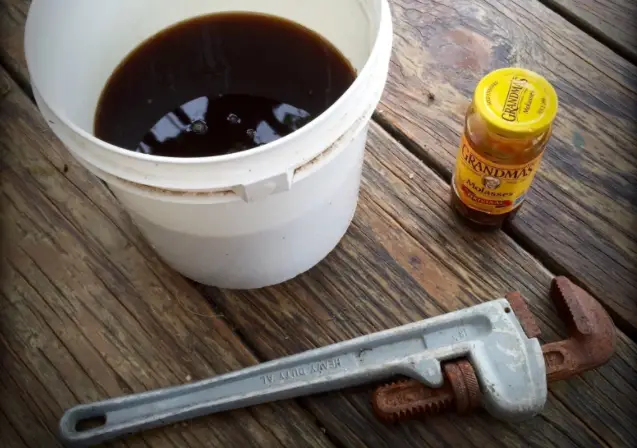Molasses may look like a sticky mess, but looks can be deceiving. Molasses goes beyond what you consume as some claim it could work wonders on metals to get rid of rust. While it is too real to be true, this page on does molasses remove rust? Reveals the truth about molasses.
Yes, molasses is a great chemical compound that has gained notoriety for its rust-removing attribute. If you have always wanted to get rid of rust from your tools or any valuable piece of metal that you own in a less spendy way, bathing such metal in molasses could come in handy.
Also, Molasses is often used by boat builders in cleaning up their equipment, and they are also useful for plumbers who seek to stop further deterioration of their clamps. Molasses is not more expensive than other effective chemicals on the market that promise to do the same thing.
In addition, it is an effective anti-corrosive agent that can help remove rust. It works by converting non-soluble ferrous oxide (Fe2O3) into soluble ferric oxide (Fe3O4), which can then be removed. It also adds to the corrosion resistance property of the steel.
You will be less skeptical of what molasses can do on rusty metals with the information below.
Contents
What Is the Dilution Ratio of Molasses to Water?
The dilution ratio of molasses to water solely depends on the magnitude of rust you are planning to deal with. Upon acquisition from farm stock feeds, you can always dilute your molasses with water at the ratio of 1 to 3 to make up a 20-liter mixture for aggressive rust removal or a ratio of 1 to 10 for fair deletion of rust from any piece of metal. For cost-effective rust removal, you may want to follow the instructions on the product you’ve got.

Is Molasses a Cheap Way of Removing Rust?
So far, molasses has been proven to be an effective way to cut costs when taking care of rust on metals. There are a plethora of chemicals on the market today that have second-to-none rust-cleansing potentials, but will scare away buyers due to their high price tag. In the case of molasses, you can simply walk into a farm feed store to get one for as low as $3 per liter. For someone who needs to transform a pile of rusty metals into brand new tools shouldn’t mind this price at all.
How Long Does It Take for Molasses to Remove Rust?
Rust is expected to be done away within 48 hours to a couple of days after immersion into molasses mixture. Although it is often a general belief, essentially because of the mode of rust removal, that it would take weeks (if not months) for molasses to finally deal with rust. A rust removal test carried out with molasses on rusting pliers showed the base plate of the tool to be rust-free after one day of immersion. This may not be the case with larger metals, but it shouldn’t exceed the prescribed duration.

In some cases where rust is being removed using molasses, it takes up to 7 days for a large part of the iron to be free from rust stain. What is very important to note when using this method is that you should oil each cleaned iron to avoid it from rusting again (almost immediately). When doing this, you should always keep at your disposal a bucket of water to clean the iron and then apply oil instantly to increase the service life of the iron. You will often find out that the cleaned metals show some improvement during the first week of removing the rust, with the rust gone followed by a gray smooth surface.
How Does Molasses Remove Rust from Iron?
To think of how molasses removes rust from iron is to think of its cleansing property. Encapsulated in the compound molasses is a chelating agent which acts by binding itself to rusts on iron, thereby making them soluble in water. This reaction often causes rusts to dissolve into the solution of molasses, leaving behind a clean iron. Chelating agents are substances whose molecules have an affinity for metal ions, causing bonding to occur. Cyclic hydroxamic acid – the chelating agent found in molasses is well known for removing rust, making it soluble to be engulfed in the solution of molasses.

PS: Molasses is found to work well in removing rust from iron, but causes damage to other metals, so it should only be used for undoing iron rust.
Procedures of Rust Removal Using Molasses
You have learned earlier in this guide that molasses is very effective in removing rust from iron.

- Prepare your molasses mixture: The first thing you should do when seeking to remove rust from iron is to prepare the molasses mixture. Essentially, molasses is mixed with water at a proportion that is equal to the need of the user. Once preparation is achieved, you can then proceed to dip the iron into the molasses mixture.
- Wash the Iron: After a few days, you can take a peek at your immersed iron to see if there is no rust left on it, and then you can remove the iron and wash it off with water. The result that you get from this should be pleasing as you can hardly find any stain of rust on the iron, even at the nooks and crannies of the metal.
- Protect the Iron: Usually, after removing the rust, washing, and drying the iron, you would notice how it starts to rust again. To prevent this from happening, you should apply a protective mixture (preferably oil) to the iron. Ranex rust converter is good protection to use at this stage as it will bring the process of rusting to an abrupt end, giving you a ready-to-be-painted surface once again.
Conclusion
Molasses is a very effective chemical mixture used to remove rust on iron. This chemical contains a chelating agent, with an affinity for free metal iron, causing them to get washed away by the mixture. Although molasses is effective in dealing with iron rust, this mixture cannot undo rust on other metals as it may cause further damage.


